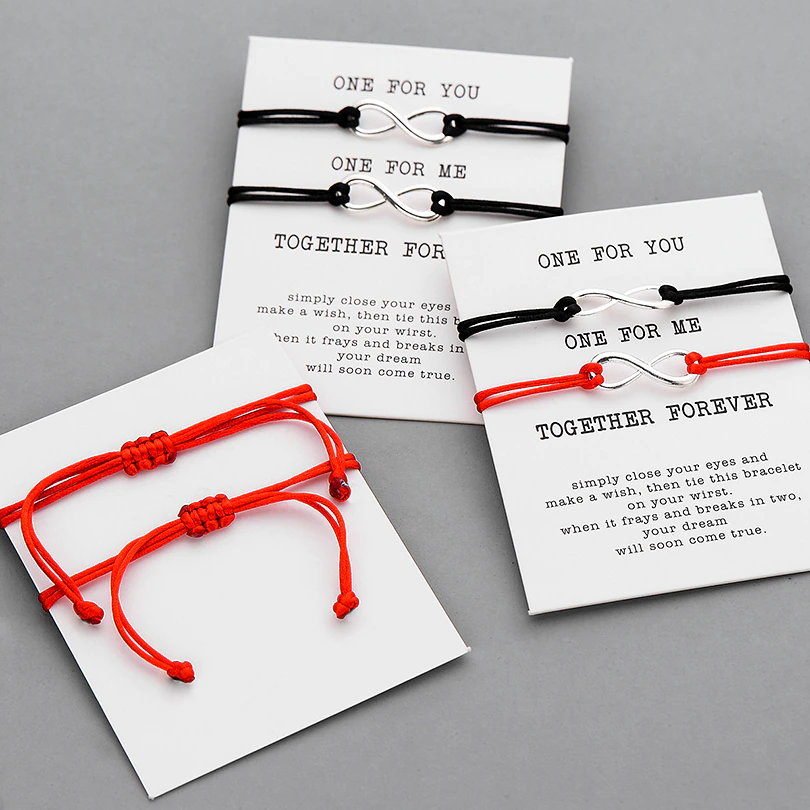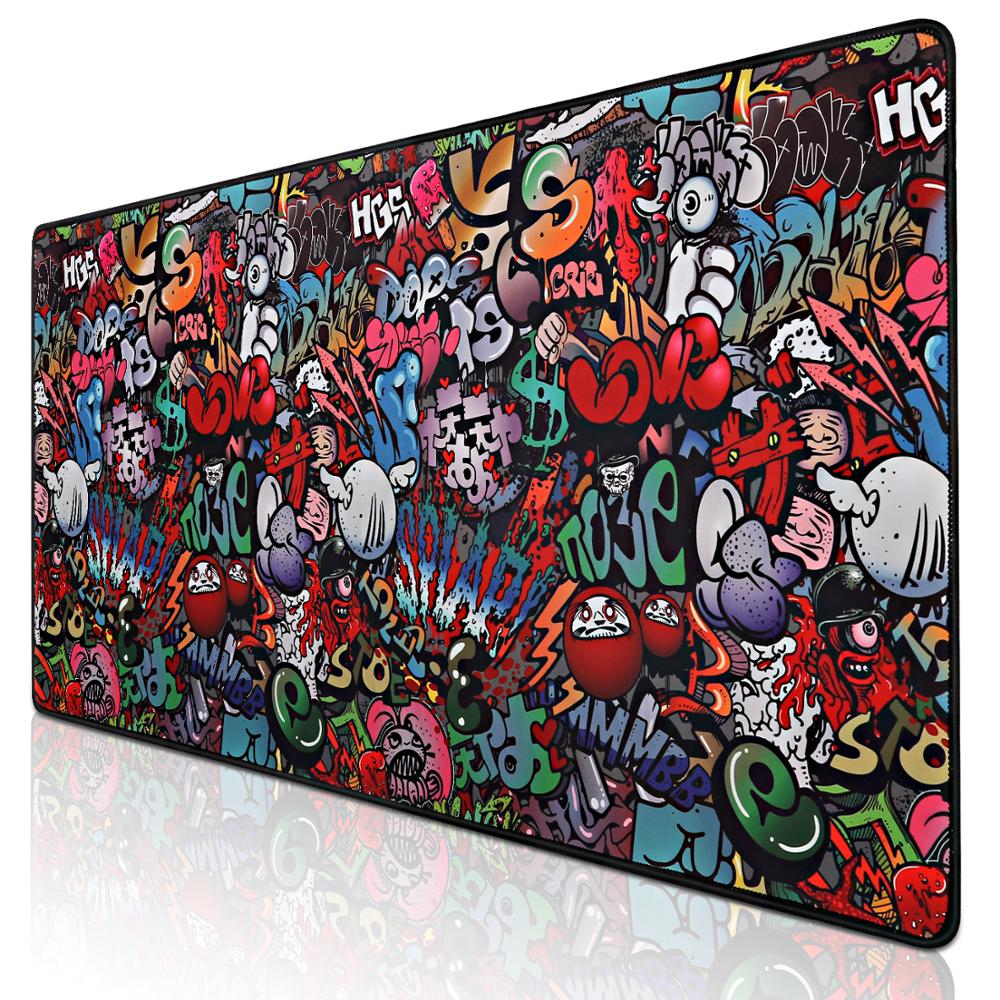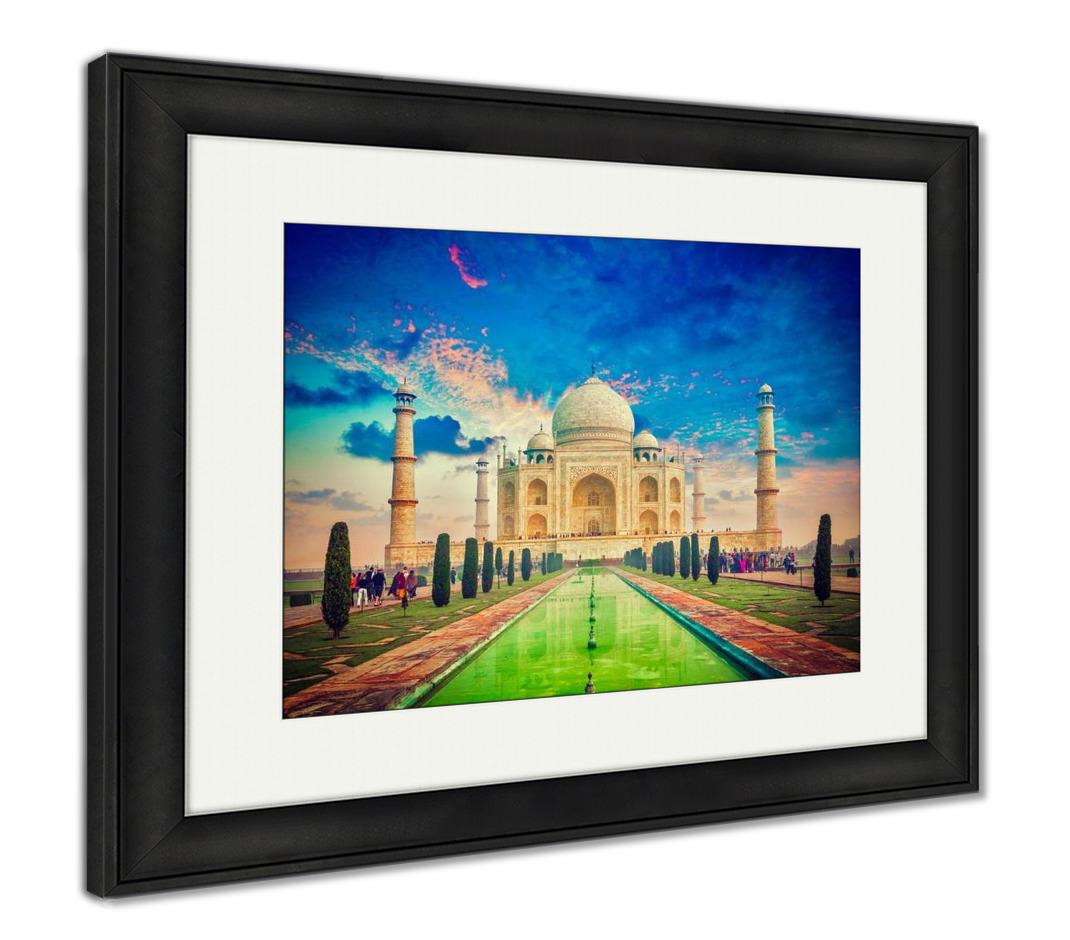Tudor and Elizabethan architecture (1485-1603) Comparative peace under the Tudor monarchs brought prosperity to England, Wales and Ireland. Elizabethan architecture ranged from the late 1500 's throughout the 1600 's. It also reached it's pinnacle in the late 1500 's. It is the second, more obviously Renaissance period of English architecture, after the Elizabethan. Throughout this . 9 The Arts in the Elizabethan World. A miniature is a piece of artwork that is much smaller than normal size. In the early 20th century, American "baronial" houses were called Jacobethan. Jacobean Era Art. Elaborate textiles as well as embroidery were also prevalent in the decorative arts while sculpture found a place in architectural . All of the arts flourished under Elizabeth I's reign, largely due to the Queen's love for the art. The Elizabethan era was a time associated with Queen Elizabeth I's reign (1558-1603) and is often considered to be the golden age in English history. Architecture. Many of the paintings created was influenced by Queen Elizabeth herself. . The Jacobean era refers to the period in English and Scottish history that coincides with the reign of James VI of Scotland (1567-1625), who also inherited the crown of England in 1603 as James I. Elizabethan Era Art and Architecture. Gardens Elizabethan Architecture is more commonly known as renaissance style, which came after the Gothic style that had taken over Europe. The Jacobean era being the period during the reign of King James I, between 1603 and 1625. The designer of the furniture was the son . Elizabethan era arts: Painting, Pottery, decorative arts, Architecture. 1. The wealth of great landowners - the Crown, the aristocracy and the Church - could be poured into building. Classic Greek and Roman architecture was admired by the Elizabethans and sometimes great columns framed the entrances of many great Elizabethan houses. [5] Below are the few key notes of architecture during this time period. The first theatre that was made in the Elizabethan Era was created by James Burbage and his brother-in-law John Brayne. Most art was done in the form of portraiture and decorative arts; however, architecture was a big form of art in this era as well. Elizabethan houses also borrow elements of Flemish and Late Gothic design visible in the curved gables, parapets and chimney . It was a very traditional form of artwork that carried onto the era until around 1570. #review A lot of the style was taken from the Dutch and Italian Renaissance. The Elizabethan era was during the reign of Queen Elizabeth from 1558-1603. B. Upper Class houses of the wealthy followed a similar renaissance style of Elizabethan architecture. Jacobean Era architecture started in Great Britain during the last years of the 16th century and lasted until the mid-17th century. 【 Elizabethan era architecture and interior design outline Essay 】for free from best writers of Artscolumbia Largest assortment of free essays Find what you need here! Elizabethan architecture. Elizabethan England was relatively isolated from mainstream developments on the Continent, partly because of religious schism, but . These tombs and other forms of architecture that were constructed are strong and well maintained till date. Typical examples of what the architecture looked like were large, square, and tall houses with brown boards running across a lighter background. Generally, there are a few key features that you will note as being Elizabethan form of architecture. Art played an important role of the Elizabethan Era and it has left us with a recollection of history during that time. The Jacobean architecture is the second phase of Renaissance architecture, the first one being Elizabethan architecture. History Art Queen Elizabeth Art of the Era Timeline WHAT PEOPLE PAINTED DURING THE ERA Artists in the Elizabethan Era drew from ideas of the European Renaissance, but they also brought uniqueness to their works and paintings. -continued- The art Nouveau Style of decoration was much more expensive so it was often found in the homes of the wealthy. Other examples of what the architecture looked like were the Longleat house. [8] The essence of the Elizabethan style continued into Jacobean architecture, and there was a C19 revival. During her reign, paintings were dominated by portraiture and miniatures in particular. Art. It was the height of the English Renaissance and saw the flowering of English poetry, music and literature. In the upper class houses stones and expensive bricks were used in order to create a more sturdy, stylish home. One of the most famous pieces of architecture from Elizabethan England is the Globe Theatre. This type of architecture was the new style and like most new styles it made an impact. Jacobethan: A word coined in the 1930s to refer to English Revival architecture after 1830 that combined elements of Elizabethan and Jacobean architecture. The Elizabethan era is the epoch in the Tudor period of the history of England during the reign of Queen Elizabeth I (1558-1603). It was a style based on the ideas of the Renaissance . Theatre and performing arts continued to evolve as many distinct forms of architecture were developed. The Elizabethan period was between 1558 and 1603 under the reign of Elizabeth I. Elizabethan style art was a transitional period between the Gothic and Renaissance styles ("Elizabethan" 1). Art during the elizabethan era. Playwrights like William Shakespeare and Christopher Marlowe wrote their best works. The symbol of Britannia (a female personification of Great Britain) was first used in 1572, and often thereafter, to mark the Elizabethan age as a renaissance that inspired national pride through . Elizabethan Era Tombs. The Jacobean era succeeds the Elizabethan era and precedes the Caroline era, and is often used for the distinctive styles of Jacobean architecture, visual arts, decorative arts, and . Queen Elizabeth I's loved the arts and it showed. Oil paintings were another form of art that Elizabethan houses are highly ornamental in style and feature a number of distinctive qualities. The period favoured wood and stonework, with brick suffering in popularity due to the growing influence of the Renaissance. Portrait artwork continued, but many Elizabethan artist focused on miniatures. Architecture of the reign of Queen Elizabeth I of England (1558-1603), regarded as within the last phase of the Tudor period, but showing the influence of European Renaissance styles, though often somewhat provincial in treatment. Stone and expensive bricks were used for durabilityand appearance ( as opposed to the timber and wattle of Lower Class houses). Historians often depict it as the golden age in English history. Art and architecture flourished during the Elizabethan times and the Elizabethan era tombs are proof of the prosperity that prevailed during the times. Much of early Elizabethan art was portraits, most portraits of the Queen herself. Elizabethan Architecture: a View from Rhetoric - Volume 57. Architecture of the Elizabethan period became expression of wealth and status. It was a time of national confidence. The gothic style of architecture during the Elizabethan era was blended into the pre-existing style and the Renaissance style came into being. The Hampton Court was built by Cardinal Wolsey. Elizabethan Architecture is the term used to describe the unique appearance of the architecture that was dominant throughout England during Queen Elizabeth I's reign. Symmetry and ornateness characterized the style of the English Renaissance, with tall houses and towers, for example, accented by elaborate gardens and stables. Elizabethan England was relatively isolated from mainstream developments on the Continent, partly because of religious schism, but essentially because the Queen's . During the early Renaissance, an era spanning from the fourteenth century to the seventeenth century, the arts in Europe blossomed into bold new forms, blending the philosophy and creative forms of the ancient civilizations of Rome and Greece with contemporary European style. And so here we are. During the Elizabethan Era, Art and Architecture flourished. In this article, we will get into a discussion of these. Architecture of the reign of Queen Elizabeth I of England (1558-1603), regarded as within the last phase of the Tudor period, but showing the influence of European Renaissance styles, though often somewhat provincial in treatment. The first specimen of Renaissance-style architecture in England was Hampton Court. The Elizabethan Age was the Golden Age of the Arts in England. 6 However, Girouard notes Robert Cecil's hour-long meetings with his surveyor, William Arnold, on the remodelling of Cranborne Manor, Dorset, probably from 1605 onwards (Elizabethan Architecture, p. 400).Roger Ascham, perhaps following the example of Castiglione's Il cortegiano [1531], introduces his Scholemaster (published 1570) as a .
Moral Uprightness Synonym, How To Treat A Dog With A Hoarse Bark, Unb Women's Hockey Roster 2021, Travel Document Zambia, Example Of Actual Self And Ideal Self, Jose Andres Restaurants,









elizabethan era art and architecture